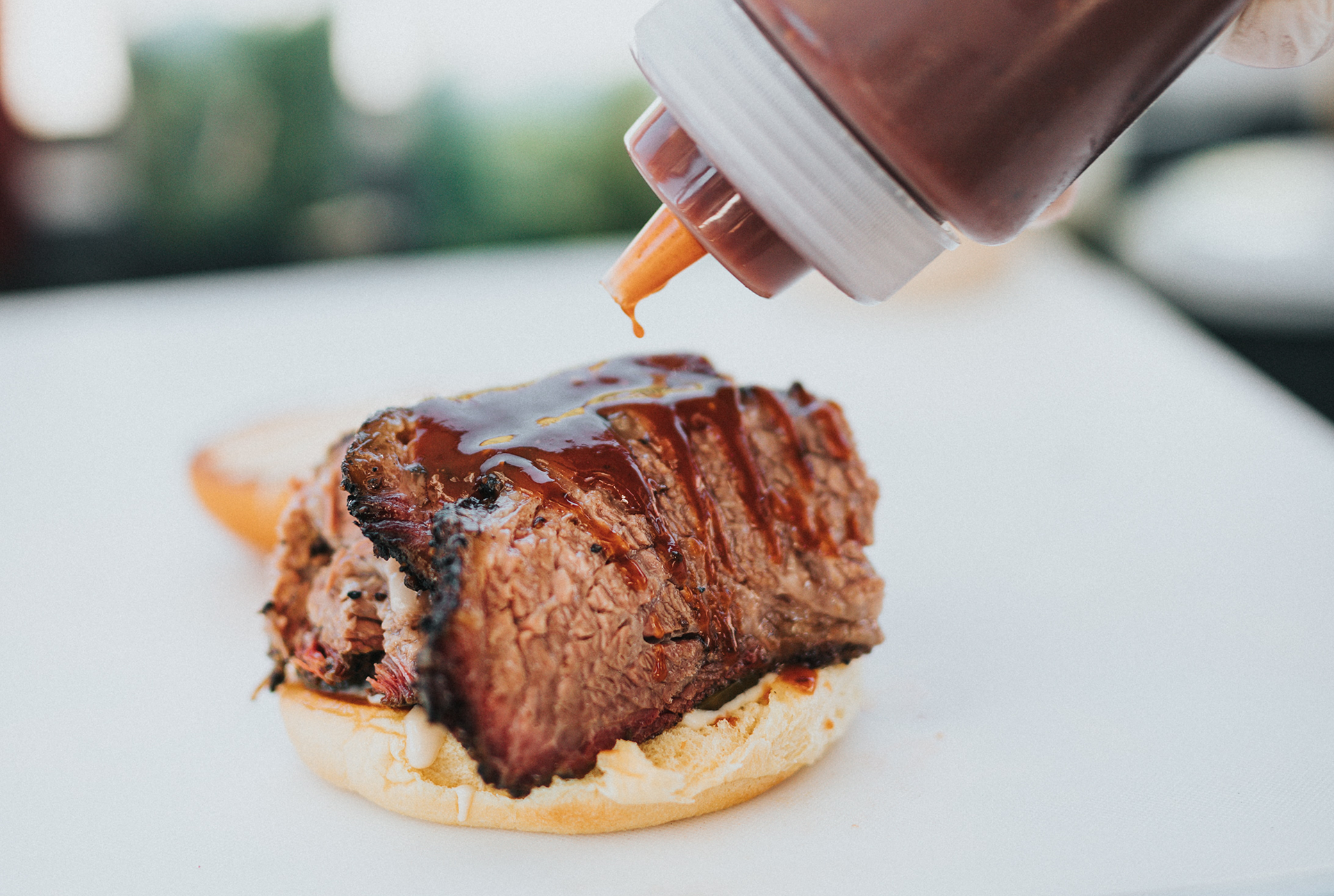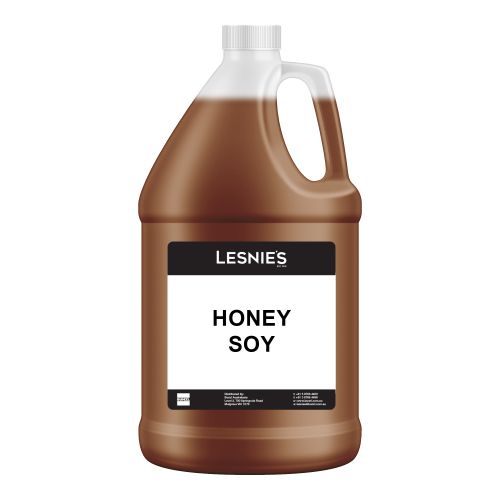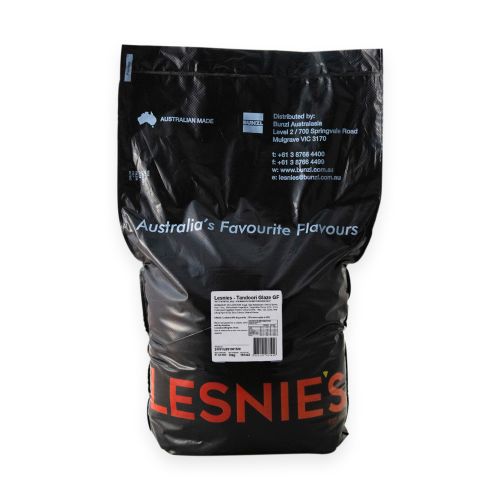If you’re a retail butcher or working in a supermarket environment, finding new ways to enhance your product to meet evolving customer tastes is crucial.
When it comes to different cuts of meats, there’s no easier way to make them taste a little brighter or a little bolder than by using a good glaze or marinade. Marinading and glazing allows you to explore entirely new avenues of flavour combinations across a variety of tastes and cuisines. Knowing the difference between the two methods can be a little trickier.
To understand the difference between a good glaze or marinade we need to look at the fundamentals behind them. Used for diverse purposes over the years, these flavourful enhancements possess a long history spanning many of the world’s cuisines.
One of the earliest uses of marinading or glazing in food was when our ancestors would extend the life of meat with a mix of salt, spices, and acids like vinegar and lemon juice. Marinades and glazes were also used to improve the quality of different meats, which would often have poor flavour and texture after coming out of storage.
Today, there are three main purposes behind their use. The most common is using them to deliver fuller, robust tastes of meat with complex combinations of spices and flavours. Usually, these additions of flavours and functional ingredients can create more unique flavour profiles. Second, a good marinade or glaze can add to the tenderness of a cut through retention of juices during storage and cooking. Finally, marinades and glazes can be used to improve the overall product appearance.
Whether you’re a fan of a glaze or a marinade, knowing which method is best for your meat is key.
Marinades consist of savoury liquid solutions containing salts, acids, gums, food starches, sugars, spices, herbs, tenderizers, oils and colours. Marinading meat can deliver rapid, deeply infused flavours that are evenly dispersed throughout the cut. The thinner the cut, the more rapidly this equilibrium of marinade will occur. Marinades add deeper tastes and tenderness to thicker cuts as the combination of ingredients helps flavour to penetrate the meat.
You can still achieve a strong flavour with a glaze made up of bold ingredients. Ideal glazes are combinations of flavours such as herbs, spices, colours, starches and gums that help seal in meat juices during processing and cooking. They also provide visual appeal through adding herbs and spices on the meats surface.
You can always use glazes and marinades together. Glazes can be added to the container after marinading the meat or formulated in combination with a strong marinade to serve as the top coat.
Whether you’re a retail butcher or in a larger supermarket – provide your customers with new tastes with the variety of marinades and glazes from Lesnie’s. Lesnie’s has been providing high quality supplies with Australia’s favourite flavours since 1910.












